All about alpaca fabric
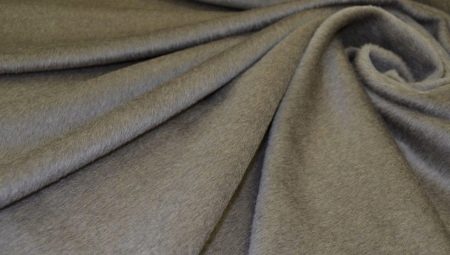
Alpaca fabric is obtained from the wool of the animals of the same name. The soft fabric has a breathable structure and is able to protect even from severe frost. Products made from this material are highly valued for their merits.
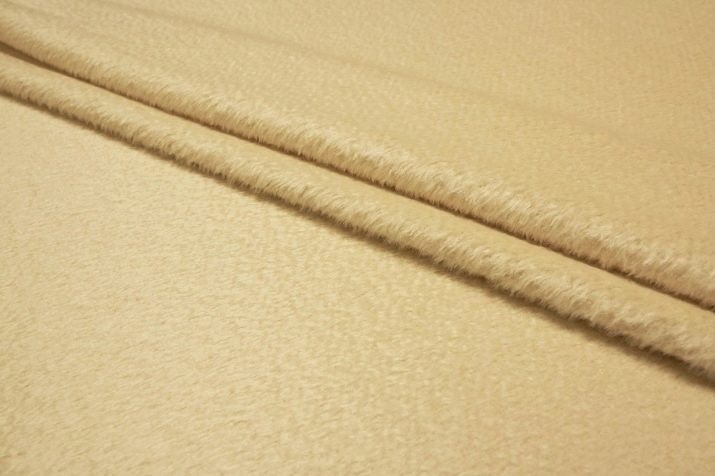
What it is?
Alpacas are animals from the camel family, outwardly they are somewhat reminiscent of llamas. Most of the population lives in the highlands of South America, since these ungulates need specific climatic conditions. There are also several nurseries in Britain and Australia.
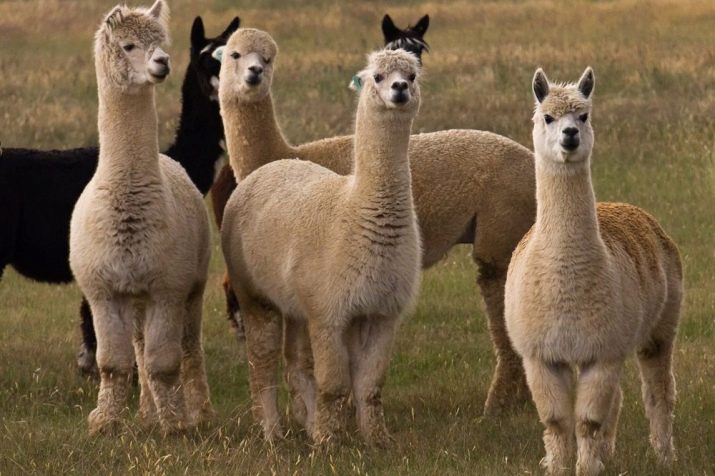
There are practically no animals left in the wild; they are raised on farms.
The production of fabric requires a lot of hard work.
- Alpacas need to be kept in good conditions so that their coat is silky and of good quality. Also, special attention is paid to selection. The most valuable is the artificially bred breed of albinos: a snow-white cloth is woven from their wool.
- Animals are trimmed once a year, receiving an average of 3 kg of raw materials from an adult... Wool must be carefully sorted, cleaned from dirt, combed out. All this is done by hand.
- Raw materials are sent to factories, where they make yarn or alpaca fabric. The product can be completely natural or with impurities. The second option is more affordable. Also, the difference lies in the fact that natural wool is not dyed, products made from it retain their natural shade. But if the colors are unnatural, it means that the raw materials have foreign additives.

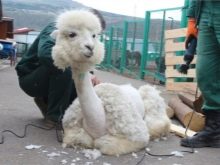
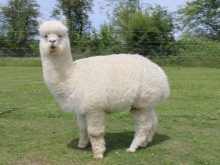
Due to the remoteness of the habitat of animals, the difficulties with care and breeding, as well as the processing of raw materials, finished products have a considerable cost. The price is slightly lower if there are impurities in the composition. Yarn or fabric is made with the addition of natural or synthetic fibers, so you can look for an acceptable option.

The material is appreciated not only because of its rarity and complex production, but also due to a number of advantages:
- wool products keep their shape well even after a long time: they do not stretch, practically do not wrinkle;
- the raw materials have hypoallergenic properties, so the fabric is safe for children and people with sensitive skin;
- the canvas does not accumulate static electricity, dust and fine debris do not stick to it.
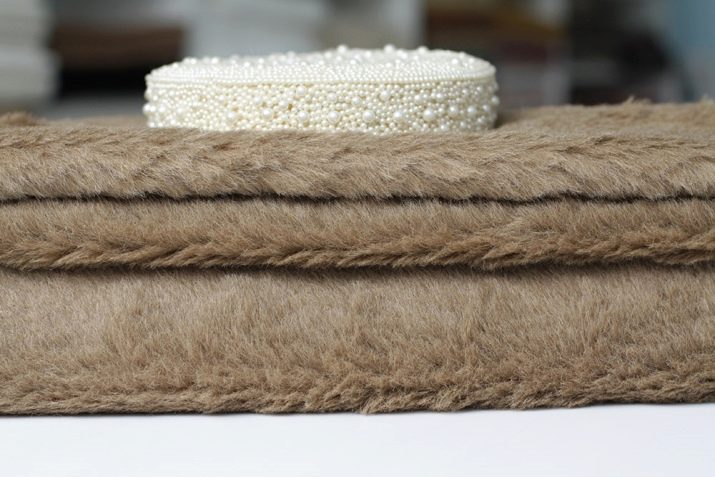
The coat is soft and smooth, with a slight sheen. Unlike sheep, it does not have an unpleasant odor. Has healing properties like camel hair. It repels moisture well, so you can safely walk in the rain in clothes made of such material.
Fabric refers to elite materials, therefore, the cost per meter starts from several thousand and can go up to 15-20 thousand rubles. Yarn prices vary between 300-500 rubles per 50 grams. With such a high cost, it is not surprising that the material is often counterfeited. A simple test will help distinguish the original from the fake. The thread needs to be set on fire. If she emits a characteristic animal smell, then everything is in order.
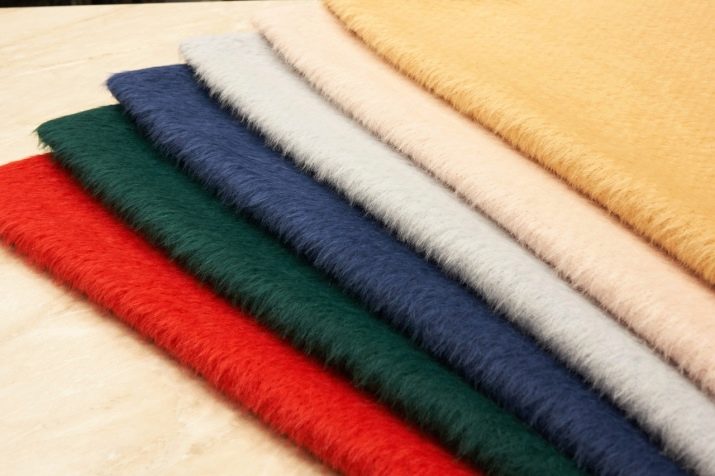
But if it smells like chemical fumes, it means that there are a lot of synthetics in the composition, and this is a fake.
Views
There are different types of wool. By the type of fiber structure, two breeds are distinguished.
- Huakaya... Most of the raw materials are of this variety. The coat is dense, slightly wavy, looks like a plush.
- Suri... The hair of this breed is long and straight. Silky and smooth, with a slight sheen. Due to the small population, suri wool is more expensive.


Also in production, fibers are separated by thickness. The most valuable raw material is that obtained from young animals, it is soft and thin. The thickness of the hairs depends on nutrition: if the alpaca receives food in excess, then the fibers increase in diameter.

The classification includes the following categories:
- royal: no more than 19 microns;
- baby: delicate and light, thickness within 22-25 microns;
- increased softness: up to 26 microns;
- adult alpaca: no more than 29 microns;
- coarse wool: 30-35 microns in diameter.
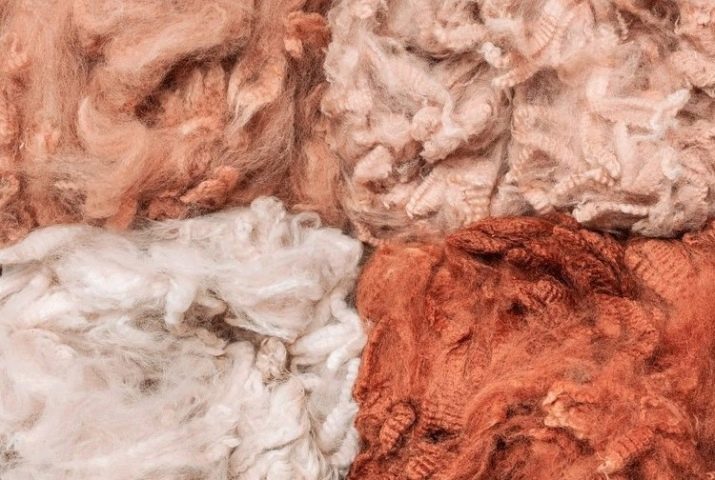
Fine fibers are more valuable, but any raw material will find its use. Depending on the characteristics, the materials are used for sewing various types of clothing and textiles.
Applications
Almost any item can be sewn from alpaca fabric. The thinnest and most weightless canvases are used to create designer dresses, including winter wedding dresses. Baby alpaca is well suited for baby clothes due to its softness and hypoallergenic properties. Coarser materials are used for the manufacture of sweaters, sweaters, cardigans.
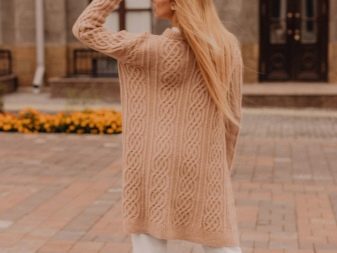

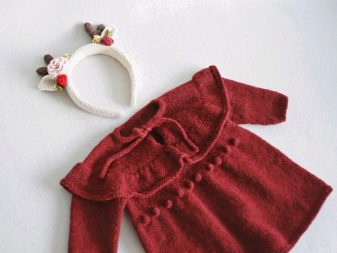

The thickest wool goes to coat fabric. Since ancient times, the inhabitants of the South American highlands have used such material to create national clothes - ponchos. The fabric helped to keep you warm, but thanks to the breathable structure, such an outfit was not hot. Modern manufacturers sew fashionable coats from such fabric, which protect well from the cold.
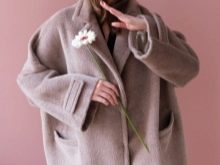
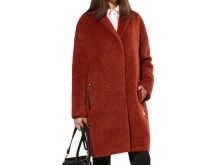

Alpaca wool is also suitable for creating all kinds of accessories: hats, scarves, gloves, shawls, mittens. You can buy finished products or buy yarn and knit what you want.
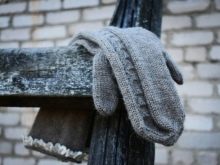
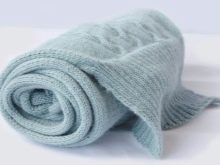
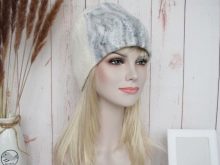
Sportswear manufacturers have also made use of this material due to its ability to wick moisture away and maintain an optimal temperature. Thermal underwear, pants, sweaters and other things are sewn from woolen fabric. Many athletes and travelers choose such clothing.
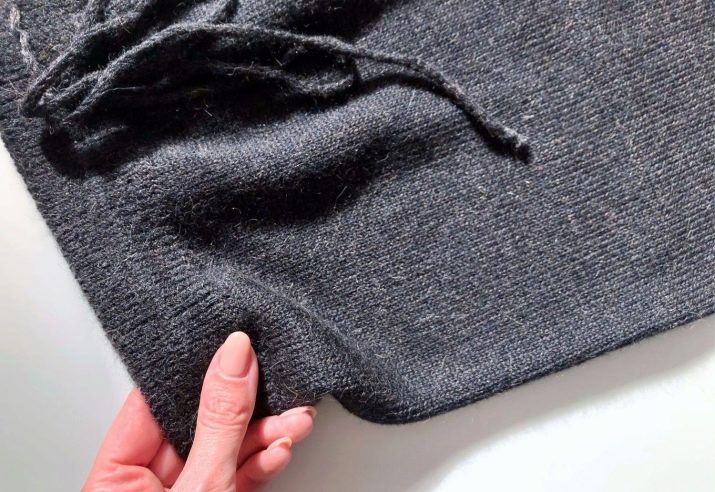
Soft wool textiles are equally popular. On sale you can find carpets and rugs, blankets. Also, the material is used for the production of children's toys.
Care Tips
Wool items can serve for many years if you follow certain recommendations. The material belongs to delicate fabrics and requires special care.
- Hand wash is preferable, as delicate fibers can be damaged in the machine. The water should be warm, not hotter than 30-40 degrees.If you nevertheless decide to wash in the machine, choose the gentle mode without spinning.
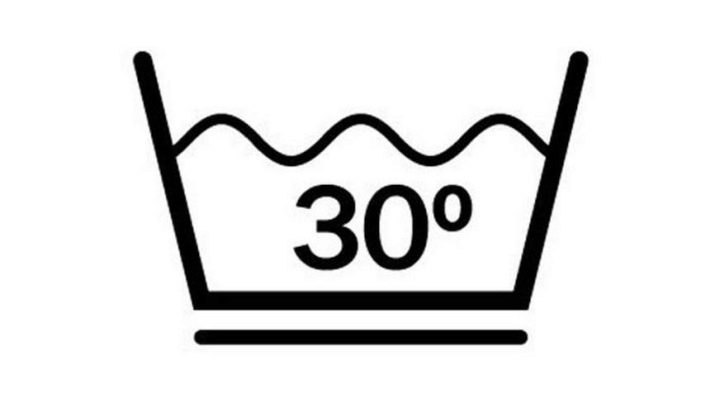
- It is advisable to use not a powder, but a gel: it is better washed out and provides gentle cleaning... Choose a product that is labeled “for wool” or “for delicate fabrics”. If there is a stain on the clothes, it must first be washed with a soft sponge, and then washed.

- Do not twist the products too much, they should be gently wrung out with your hands and laid out on a towel or sheet.... Drying vertically can cause items to stretch and lose their shape.
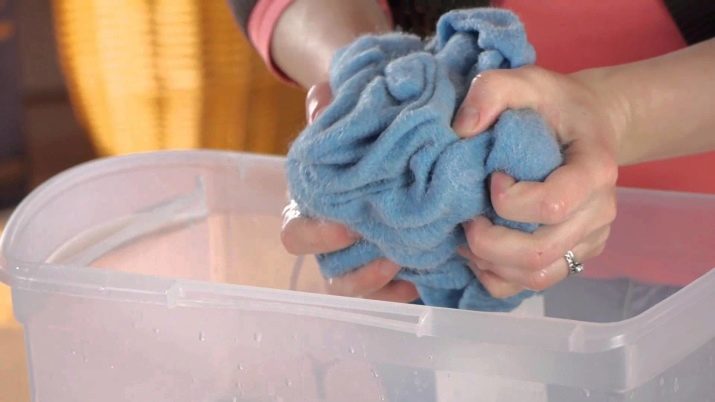
- It is better to dry-clean large items or outerwear.... The same applies to cases with heavy pollution.

- Iron things with care, through cheesecloth and with minimal heat. Products cannot be stretched. A soft brush will help lift and fluff the fibers wrinkled after ironing.

- It is important to take care of proper storage... Woolen products are susceptible to moth attacks, so you need to protect them from the pest. Do not use naphthalene or chemicals. Sachets with lavender or cedar are suitable, they are hung right in the closet. You can also wrap your clothes in a separate bag, and put dry sprigs of plants on the bottom.
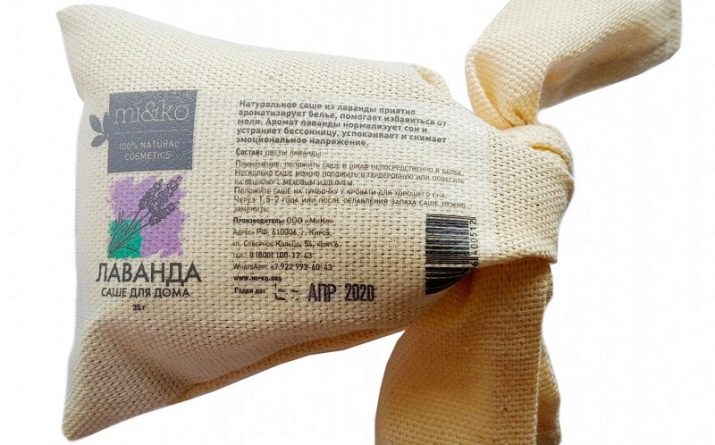
- Items can be stored on a hanger. For coats, it is advisable to provide wide hangers so that they can withstand the weight of the clothes and maintain their shape. Folded storage on shelves is allowed. Do not put something on top so that the products do not wrinkle.

- During wearing, it is also necessary to handle things carefully, do not leave them crumpled.... Careful use, proper care and storage will help extend the service life.









